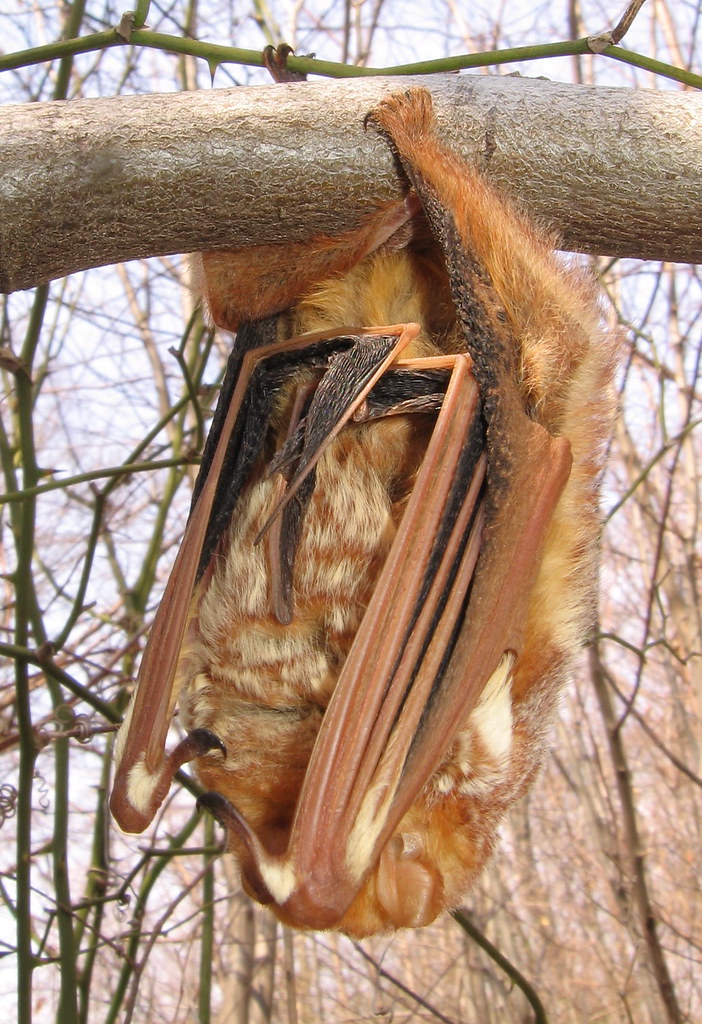We have much more to do and your continued support is needed now more than ever.
Heading Toward a Record Setting Year for Hudson Bay
After spending the past few days in Churchill, Manitoba, learning about the plight of polar bears in the region, I’ve been trying to come up with a good analogy for what these bears are going through. Maybe you can help me.
Heading Toward a Record Year

As we reported yesterday, Hudson Bay polar bears are eagerly awaiting the sea ice to freeze up so they can break their fast, return to the ice and start hunting for seals, their primary food source. Historically, Hudson Bay should have ice by now and the bears should be long gone. However, climate change is causing dramatic declines in sea ice. As a result, these bears are stuck on land, living off their fat reserves, and waiting. For some, the longer wait could mean starvation and death.
When my plane departed Churchill yesterday, there was still no ice to be seen on the Bay. We could see a new record set this year if things do not improve soon. According to a bulletin issued by Environment Canada today, “the progression of freeze-up is 2 weeks late in western Hudson Bay and only a very narrow fringe of new ice is evident along the western and southern shores at this time.” Check out the above graph to see how low sea ice cover has been in Hudson Bay this year.
How Long Could you Go?
For some, two weeks may not seem like a big deal. But try to imagine what it must be like to eat next-to-nothing for four months, only to find out at the end of your fast that you have to wait two or maybe three more weeks before eating anything of substance. It’s hard to imagine, right? Most people will never know what it feels like to go 2 days, forget months, without food. That’s where the analogy comes in.
As a runner, one comparison that comes to mind has more to do with endurance than food. Say you decide to train for a marathon. For months and months, you train hard, eat right and build up your miles. Come race day, you know you have it in you to make it the full 26.2 miles. Then, on your last half mile, when you can see the finish line, they suddenly announce that you have to run an extra 5 miles. Would you be able to do it?

A Harbinger of Things to Come
Many runners would have no problem going the extra distance, but others would not be able to. The same is true for the bears. For some, the late freeze up will not be an issue. I saw plenty of healthy bears out on the tundra this past week.
The problem is that the decline in ice will spell doom for some.
If climate change continues unabated, all it will take is one really bad year from which these bears will not be able to recover. Eventually, other populations of polar bears, including those in Alaska, will face the problems we are seeing today in Canada.
Ways to Help
Polar Bears International has a ton of useful information about polar bears, and is also monitoring the situation from Churchill. To learn more about energy saving actions, check out myActions.org where you can pledge to enter your energy saving actions for 3 weeks to increase your awareness and increase your actions.
You can also help NWF defend polar bears against big polluters by taking action.





















